3D animation is a process of creating three-dimensional moving images in a digital environment. To create a 3D animation, an artist will first create a 3D model of an object or character. Then, the artist will “rig” the model; add lighting, shading, textures, and special effects; finally, render the animation. Get the details of “How does 3D animation work?” in the article below!
What Is 3D Animation? 5 Benefits of 3D Animation
3D animation is the process of creating moving images in a three-dimensional digital environment. It appears in various industries, including film, television, video games, architecture, engineering, and product design.
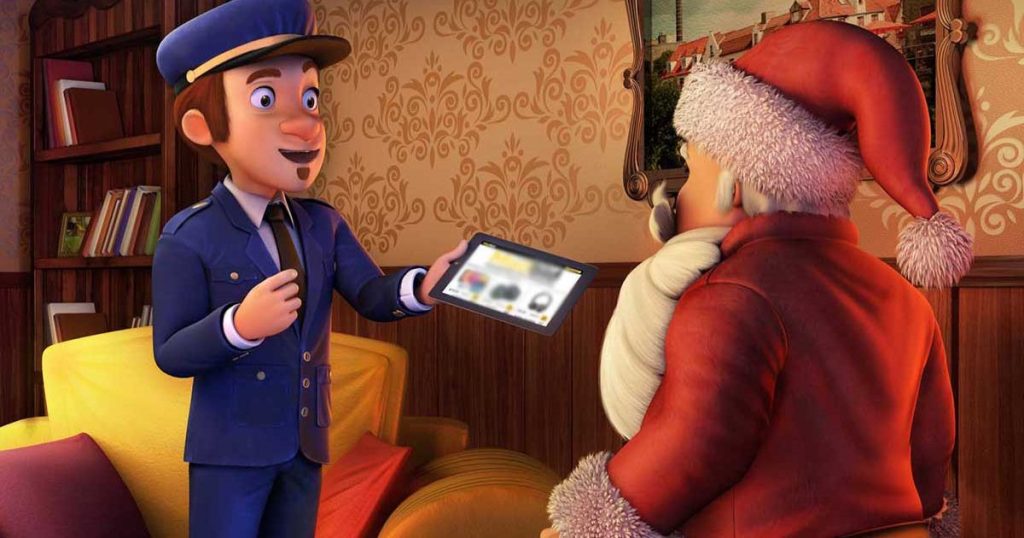
There are many benefits to using 3D animation, including
- Audience engagement: 3D animation increases realism, has greater flexibility in terms of camera angles and shot compositions, and tells lively stories. It makes the content more dynamic and engaging.
- Brand awareness: 3D animation helps to enhance the visual appeal and create visually stunning and engaging content that can grab the attention of viewers faster 60.000 times than text.
- Cost-effectiveness: 3D animation is often more cost-effective than traditional methods, especially when used in place of live-action footage or physical models.
- Increased safety: 3D animation is good for creating simulations or visualizations of dangerous situations or environments, allowing professionals to assess and plan for potential hazards without exposing themselves to unnecessary risks.
- Time-saving: 3D animation can be a faster and more efficient way to create complex visual effects or realistic representations of objects and environments.
How Does 3D Animation Work?
You will get how to animate 3D through the eight steps: Pre-production, 3D Modeling, Rigging, Animation, Lighting and shading, Special effects, Rendering, Post-production. Read the following to know more:
Pre-production
It is to plan the project phase, where you build the overall concept and direction. This can include writing a script, creating storyboards, and building a rough timeline.
3D Modeling
Only with the 3D models can you proceed to the next steps of 3D animation. The 3D modeling artist will design the overall shape and add details such as textures and materials.
Rigging
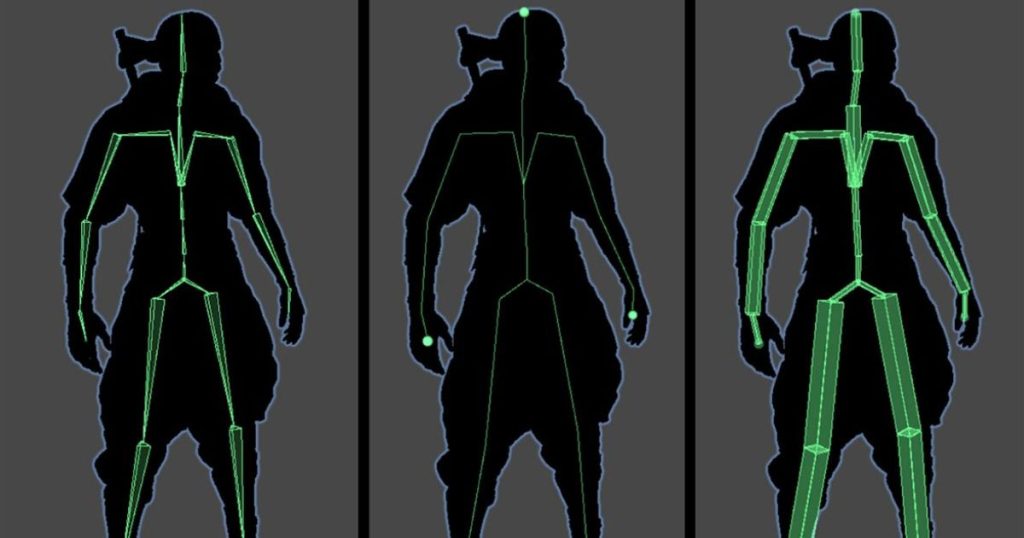
It is to create a “skeleton” for the model, which allows it to manipulate and animate. Artists will develop joints and bones and set up control systems for the model.
Animation
You must complete this step to learn how to make a 3D animation. Here, artists will specify keyframes and add the actual movement to the animated 3D models. 3D animation software is the primary tool to adjust the model’s position, orientation, and other attributes over time.
Lighting and shading
After adding character movement and frame transitions, the next step is to add lighting and shading effects to the 3D models and scenes. Thanks to this step, a more realistic and detailed image comes.
Special effects

It is to add additional visual effects to the animation, such as explosions or particle effects. Physics simulations, the appearance of liquids or gasses moving and interacting, surface maps, sparks, smoke, debris, etc., bring a more realistic and engaging final.
Rendering
It is one of the most critical steps in the 3D animation process. You will have the final video file or sequence of images from the 3D model and its associated data. It would be best if you equipped the best animation computer to render such massive data.
Post-production
It is the project’s final phase, where you and the client review to adjust any necessary changes. The final animation is then output in the desired format to release.
3D Animation vs 2D Animation: What Is The Difference?
3D and 2D animation are different techniques used to create moving images in a digital environment. The main difference between the two animation definitions is the animating process and the level of realism they can achieve.
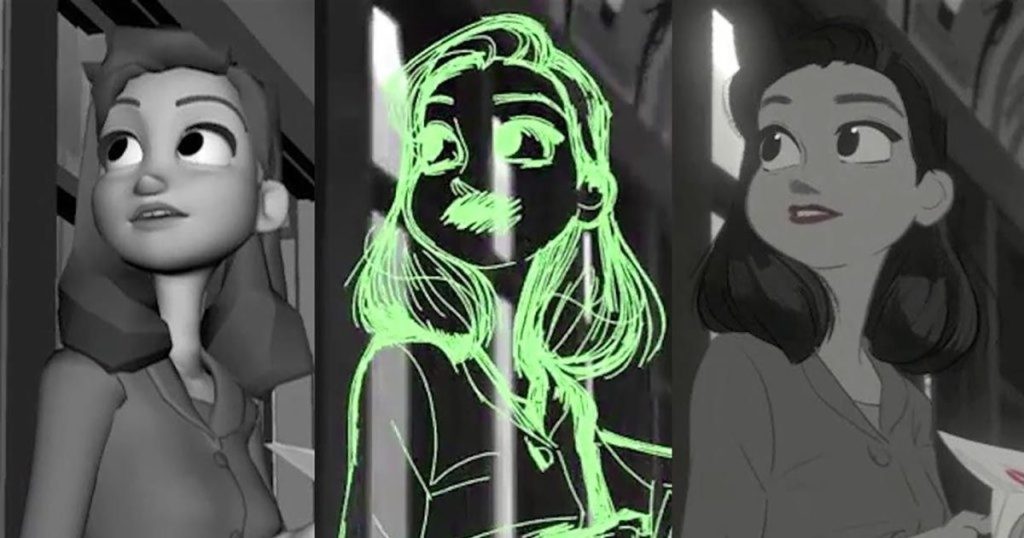
3D animation involves creating a 3D model of an object or character, which brings a series of connected vertices, edges, and faces that define its shape and structure. The artist can then manipulate the model, known as the “rig,” to change its position, orientation, and other attributes over time. It allows for a high level of realism and detail, as the artist can adjust and control every aspect of the object’s appearance and movement.
2D animation, on the other hand, involves creating a series of static images and then sequencing them together to create the illusion of movement. Artists may use traditional hand-drawn techniques or digital software. 2D animation is typically less realistic and detailed than 3D animation, as the artist has less control over the objects and characters in the scene. However, it can be a more straightforward and cost-effective method of creating animated content.
The choice between 3D and 2D animation will depend on the needs, goals, available resources, and project budget.
You may also like: difference between CGI animation and 3D animation
What Is 3D Animation Used For?
3D animation is helpful in a variety of industries, including
- Film and television: 3D animation is viral in movies and TV shows to create special effects, such as explosions or fantastical creatures, and to create entire worlds and environments.
- Video games: It is a crucial component of modern video games, allowing for realistic and detailed character models, environments, and in-game actions.
- Advertising: 3D animation can create engaging and eye-catching visuals that grab consumers’ attention.
- Architecture and product design: 3D animation can visualize and showcase buildings, products, etc. It helps designers to adjust designs before going into production.
- Education and training: This technology can simulate educational and training videos, such as demonstrating a scientific concept or preparing for a dangerous situation.
- Medical and scientific visualization: Experts use 3D animation to create detailed and accurate visualizations of complex processes, such as surgeries or chemical reactions.

7 Tips & Tricks To Create 3D Animation
Here are a few tips and tricks for creating 3D animation:
- Start with a clear concept: Before you begin creating your animation, you must clearly understand what you want to achieve. This can guide your decisions and keep you on track.
- Create a rough storyboard: A storyboard is a visual outline of your animation that can help you plan the action and sequence of events. It should be as simple as a series of sketches or more detailed drawings.
- Keep it simple: It’s easy to get carried away with complex models and intricate animations, but sometimes less is more. Try to focus on essential key elements and actions and avoid adding details that could distract from the main message.
- Experiment with different techniques: Many tools and techniques are useful for creating 3D animation. Be bold, try different approaches, and see what works best for your project.
- Bring life into 3D animation: Observing real life and not skipping any elements to make your 3D animation output more realistic. Every movement, sound, emotion, material, etc., can greatly impact your animation’s overall impact.
- Take breaks: Creating 3D animation can be a time-consuming and complex process. Don’t be afraid to take breaks and come back to your work with fresh eyes. This can help you stay focused and avoid burnout.
- Seek feedback: It can be helpful to get feedback from others, such as fellow artists or your target audience, as you work on your animation. This can help you identify any areas that need improvement and give you a new perspective on your work.
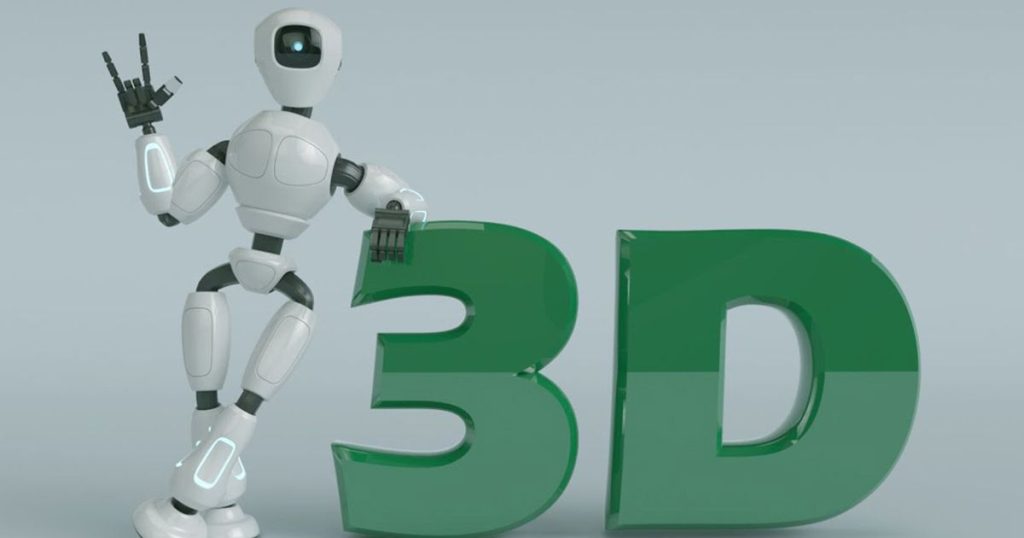
10 Best 3D Animation Software
Many different 3D animation software programs are available, each with unique features and capabilities. Here are ten of the best 3D animation software programs:
- Autodesk Maya: A powerful and widely used 3D animation software for various industries, including film, television, and video games.
- Blender: An open-source 3D animation software for independent animators and studios due to its powerful features and low cost.
- Autodesk 3Ds Max: Another industry-standard 3D animation software for creating detailed models, animations, and special effects.
- Cinema 4D: A user-friendly 3D animation software, Cinema 4D is popular because of its ease of use and integration with other software programs.
- Houdini: A high-end 3D animation software, Houdini offers multiple tools to make complex simulations and visual effects.
- ZBrush: A digital sculpting software, ZBrush is famous for making detailed and highly realistic 3D models.
- Substance Painter: A texturing software for applying detailed textures to 3D models.
- Marmoset Toolbag: A real-time rendering software that can produce high-quality visuals and animations for game development and other applications.
- Mudbox: A digital sculpting and painting software that can build 3D models and textures.
- LightWave 3D: A comprehensive 3D animation software that can create models, animations, and special effects.
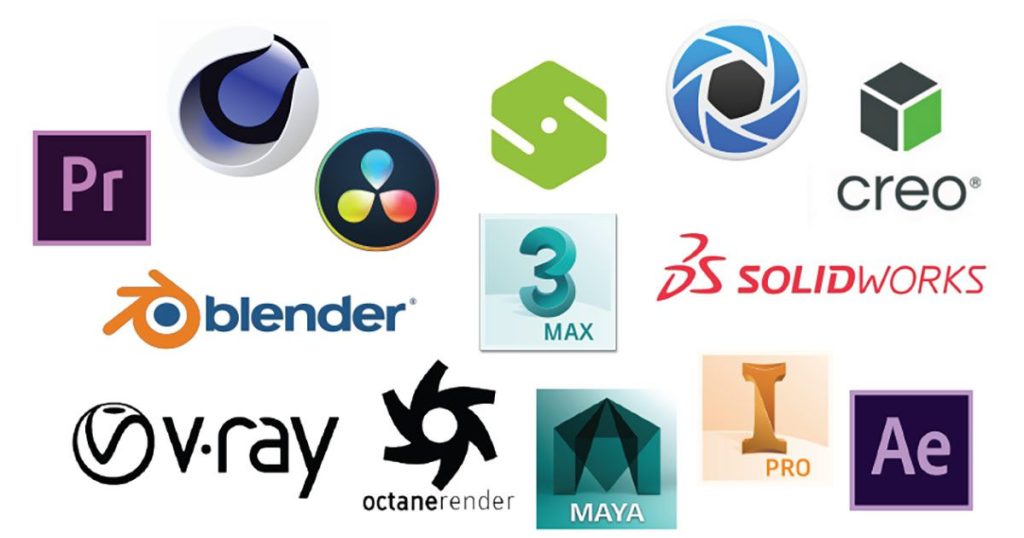
See more: best 3D animation software
FAQs
How do you animate in 3D?
To animate in 3D, an artist will typically follow these steps:
- Create a 3D model
- Set up the rig
- Make animation
- Specify keyframes
- Add details and effects
- Render the animation
- Review and make any necessary changes
There is a whole process in the previous section. Scroll up to get the details.
What are the 3 common stages of 3D animation?
The three typical stages of 3D animation are
- Pre-production: It includes the planning phase of the project and preparation of the overall concept and direction.
- Production: It is to form the actual 3D models and animations: 3D modeling, rigging, animating, lighting, and adding special effects.
- Post-production: This is the final phase of the project, where you and the client review, edit, and publish the animation output.
Is it hard to learn 3D animation?
Learning 3D animation can be a challenging process, as it requires a combination of technical skills and artistic ability. It can take time to become proficient in the various software programs and techniques used in 3D animation, and it can be helpful to have a strong foundation in traditional art skills, such as drawing and anatomy.
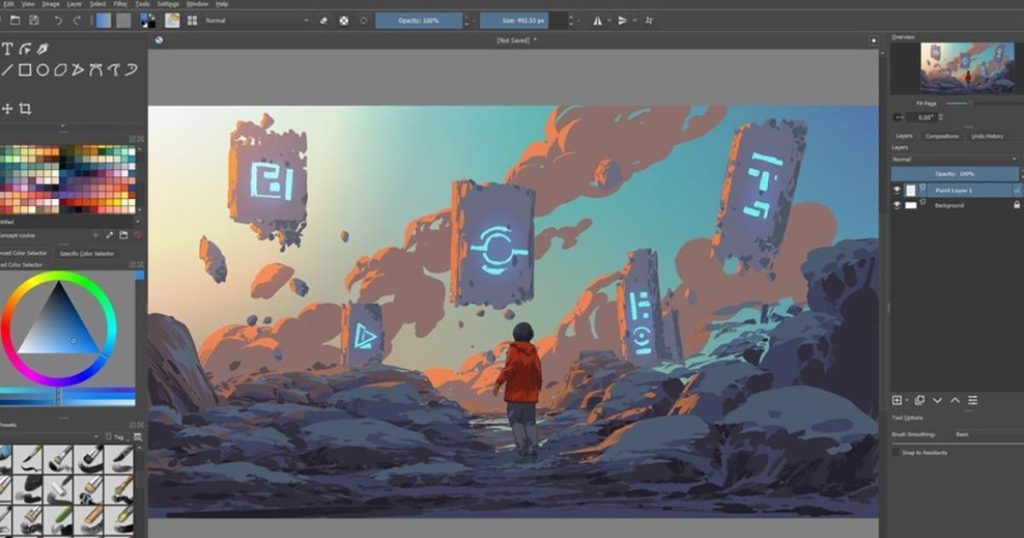
The difficulty of learning 3D animation will depend on the individual and their natural aptitude for the subject. It can be helpful to start with beginner-level tutorials and work your way up to more advanced topics as you become more comfortable with the software and techniques. With dedication and practice, anyone can learn 3D animation.
How long does it take to 3D animate 1 minute?
Generally, it can take a few days to several weeks to 3D animate one minute of content, depending on the level of detail and the number of objects and characters involved.
The amount of time it takes to 3D animate one minute of content will depend on several factors, including the complexity of the animation, the skills as well as experience of the artist, the available resources and equipment, and the collaborative process.
Conclusion
3D animation is a complex and multifaceted process. It can be a time-consuming process, but the result can be highly realistic and visually stunning, making it a valuable tool in various industries. I hope that this article can bring you a clear answer to “how does 3D animation work“. If you have any questions, don’t hesitate to visit our video animation services or contact us to get the expert’s answers.
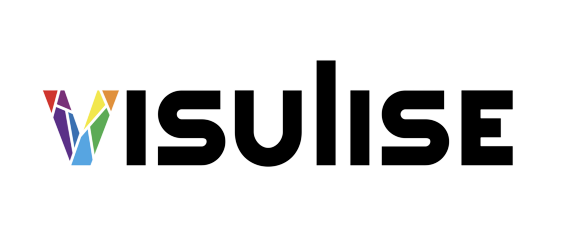
Related Posts: